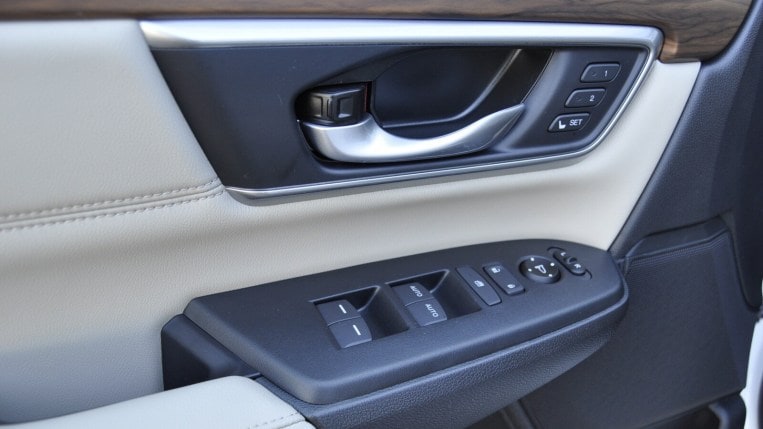We assume most of you aren’t spending time in cars with people outside your coronavirus risk bubble if you can help it. But sometimes you can’t. At those times, newly published research says, you’ll want to roll down the windows.
A study published in the journal Science Advances, conducted by researchers from the University of Massachusetts Amherst and Brown University, found that rolling the windows down can dramatically reduce the risks of COVID-19 transmission inside the microclimate of a moving car.
Researchers examined a common situation in taxi cabs and ride-hailing service cars. It involves two people in a left-hand-drive car, one driving, and one in the right rear passenger seat. They used mathematical modeling to predict transmission but did not test with an actual car. The calculations come from a car “loosely modeled on a Toyota Prius.” That likely does have some impact on the results, as each car has its own airflow pattern.
The models show that in a closed car moving 50 mph, around 8 to 10 percent of the aerosols exhaled by the driver reached the passenger. With all four windows down, that number was just 0.2 to 2 percent.
Lowering different windows yields different results
Different configurations were tested. The findings “reveal the complex fluid dynamics during everyday commutes and nonintuitive ways in which open windows can either increase or suppress airborne transmission.” For instance, each person lowering the window closest to them does little good. Lowering the windows next to just the unoccupied seats, however, made some difference. Researchers say it “creates an air curtain” that stops more aerosols from passing from driver to passenger.
Other interventions, such as wearing masks in the car or installing a physical barrier between the front and rear seats, also reduced transmission risk.
The researchers plan to keep the experiments going, testing whether partially lowered windows impact potential virus transmission. But, for now, the lesson seems clear. Ask your Lyft driver to open the windows, even if you have to bundle up against the cold.
If you’re buying a new car, there are several ways to reduce your COVID-19 risk.








